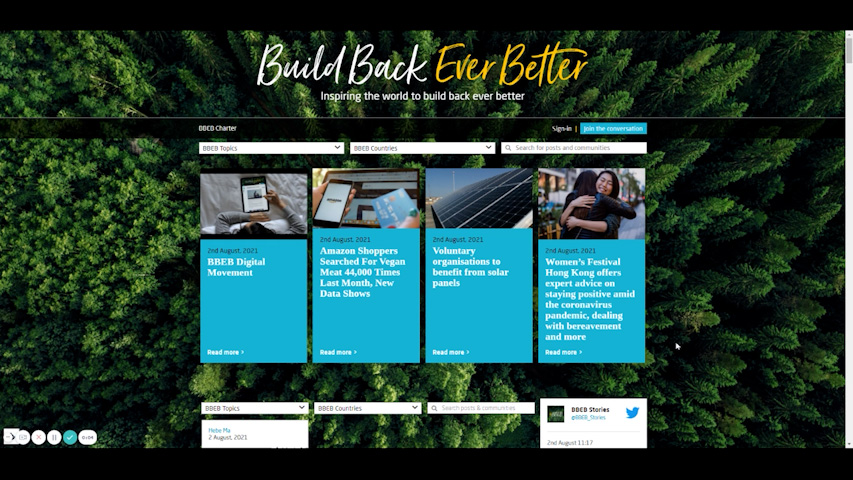Introduction (skip this part if you want a quick read)
I had to deal a lot with my pessimism and worries and maybe I still have. I am not sure if I developed enough emotional control to write about this subject and give advice to others, however, I would gladly share some tips which helped me out from some personal Dark Ages. Thinking continuously about the past and the future, and more persistently on the negative events already happened in our life, or just wrongly simulating our future in a dark way, is an emotion named worry and can be very damaging in all our life aspects. Having a lot of negative experiences, dealing with sour-bitter events in our past, makes us think proactively about how to avoid repeating them, or to solve all those imagined or real threats in advance. Although a proactively thinking is usually a good approach for a planner (as I was professionally developed), it is a difference between planning something exterior to us (such as a house) and something interior, which affects us, has roots in our subconscious and involves personal emotions (such as a fear, a trait or a bad habit).
I remember how ten years ago, on a public bus, on my way to some serious exams, worrying about so many things on the same time, I seen an old book cover with the title How To Stop Worrying And Start Living by Dale Carnegie. I felt that the subject is more attractive and necessary for me than the course from which I was to be examined in less than an hour, until I discovered that I am in the wrong bus... Thinking too much about unnecessary things, I didn’t pay attention to important aspects, like the line number of the bus (I followed the crowd, it was very cold and early in the morning, in my defense). Later, the same day, I got to the library, and I found the book, I was surprised to discover that it was first printed in 1948, more than 60 years ago from the time I found it. I am sure the book was very useful for many people going through some serious problems, incomparable with my problems (many times we forget how lucky we are in comparison with our ancestors), for example, surviving a war and remaining with trauma lasting their entire life (considering the period in which the book was first published). I read it and I remained with an amazing fact about worry, explained logically, in technical manners. It is an entire approach about worry, maybe a principle, which explains how it works and thus helps you cut or control it. The book explains how to recognize and understand worry, describes techniques to analyze it and most important, how to reduce it.
 The cover I saw on the wrong bus
The cover I saw on the wrong busThe watertight compartments according to Dale Carnegie’s book
Let’s imagine that we are our own captains, and our body and soul is our ship. We float on an infinite ocean of worries. Any damage can easily sink us. But what if our ship is better prepared for storms, icebergs, mines and torpedoes and we are equipped with the so-called watertight compartments? Well, in this case, if we are not in the most unfortunate situation as Titanic was in that fatidic night of 14th April 1912, then we should survive. We all have the possibility to use the watertight compartments principle, just that in many cases we don’t know how and when to close them. We need to keep worries outside and to live in "day-tight compartments." In other words, day-tight compartments means that we are separating our thought about past, present and future and we are concentrating only on the present. In Dale Carnegie’s book, it is described how Sir William Osier (a famous doctor) had crossed the Atlantic on a great ocean liner on which the captain could press a button on the bridge and remotely shut off various parts of the ship, forming watertight compartments. Based on this mechanism, which impressed Dr. Osier, he thought his students that each of them "is a much more marvelous organization than the great liner, and bound on a longer voyage." Therefore, he urged his students this way:
"learn to control the machinery as to live with 'day-tight compartments' as the most certain way to ensure safety on the voyage. Get on the bridge and see that at least the great bulkheads are in working order. Touch a button and hear, at every level of your life, the iron doors shutting out the Past -the dead yesterdays. Touch another and shut off, with a metal curtain, the Future - the unborn tomorrows. Then you are safe-safe for today! [...] Shut off the past! Let the dead past bury its dead. [...] Shut out the yesterdays which have lighted fools the way to dusty death. [...] The load of tomorrow, added to that of yesterday, carried today, makes the strongest falter. Shut off the future as tightly as the past. [...] The future is today. [...] There is no tomorrow. The day of man's salvation is now. Waste of energy, mental distress, nervous worries dog the steps of a man who is anxious about the future. [...] Shut close, then the great fore and aft bulkheads, and prepare to cultivate the habit of life of 'day-tight compartments'." How To Stop Worrying And Start Living By Dale Carnegie, 1948)
(Live in "Day-tight Compartments" in
Conclusions
Dr. Osier didn't said not to prepare for tomorrow, but he highlighted "that the best possible way to prepare for tomorrow is to concentrate with all your intelligence, all your enthusiasm, on doing today's work superbly today. That is the only possible way you can prepare for the future." (Dale Carnegie, 1948)
Panda Po knows all these from Master Oogway (click on the image):

Carpe diem. "Enjoy the day." Or, "Seize the day." Yes, seize the day, and make the most of it.
 unknownx500
unknownx500















